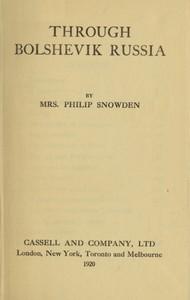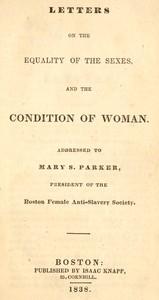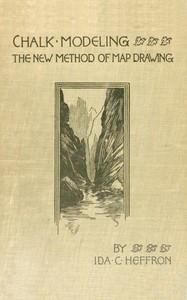|
|
Read this ebook for free! No credit card needed, absolutely nothing to pay.Words: 29679 in 16 pages
This is an ebook sharing website. You can read the uploaded ebooks for free here. No credit cards needed, nothing to pay. If you want to own a digital copy of the ebook, or want to read offline with your favorite ebook-reader, then you can choose to buy and download the ebook.

: The Ohio naturalist Vol. 1 No. 8 June 1901 by Ohio State University Biological Club - Science Periodicals; Natural history Periodicals; Natural history Ohio Periodicals@FreeBooksThu 08 Jun, 2023 Entered at the Post Office at Columbus, Ohio, as second class matter. The Ohio Naturalist PUBLISHED BY THE BIOLOGICAL CLUB OF THE OHIO STATE UNIVERSITY Vol. 1. JUNE, 1901 No. 8 A STUDY IN VARIATION ON THE WING OF THE HONEY BEE. F. L. LANDACRE. While working on the Honey Bee in the laboratory at the University it was observed that the number of hooks connecting the posterior wing with the anterior was not constant. The query at once arose as to the amount of variation there might be between different bees in the same hive and also between different hives. Out of this grew a somewhat practical problem as to whether the increase in number of hooks was associated with a decrease in the size of the wing, or whether the increase in number of hooks also implied an increase in size of wing. The wings of the bee are undoubtedly more efficient for being closely attached to each other. The life of the workers is so short, being only about three weeks, and their activity so great that any increase in efficiency, especially in the organs of flight, must have a very direct influence on the welfare of the whole swarm. So far as the well being of the swarm depends upon nutritive processes the efficiency of the hive is equal to the average efficiency of the workers. Now, if the increase in number of hooks and the consequent, firmer attachment of the wings is compensated for by a smaller wing, there is much less opportunity for the operation of natural selection on the individual bees than if the greater number of hooks is always associated with a broader or longer wing. This selective process might occur either in the hive or between hives. If it occurs in the hive it would increase the efficiency of the hive somewhat; but if it occurs between hives it finally means the elimination of the weaker hive and the consequent increased efficiency of the species. In order to find out the real conditions, one of the students, Mr. J. N. Frank, took twenty-five workers from each of four hives and counted the number of hooks on each wing, right and left, and also measured the width of the anterior and posterior wings on each side, The width only was taken on account of the difficulty in finding a good point at the base of the wing from which to measure the length. The results are so uniform that the width probably gives sufficient data from which to draw conclusions. Free books android app tbrJar TBR JAR Read Free books online gutenberg More posts by @FreeBooks

: Letters on the equality of the sexes and the condition of woman by Grimk Sarah - Women's rights United States; Women History; Women United States@FreeBooksThu 08 Jun, 2023
|
Terms of Use Stock Market News! © gutenberg.org.in2025 All Rights reserved.






